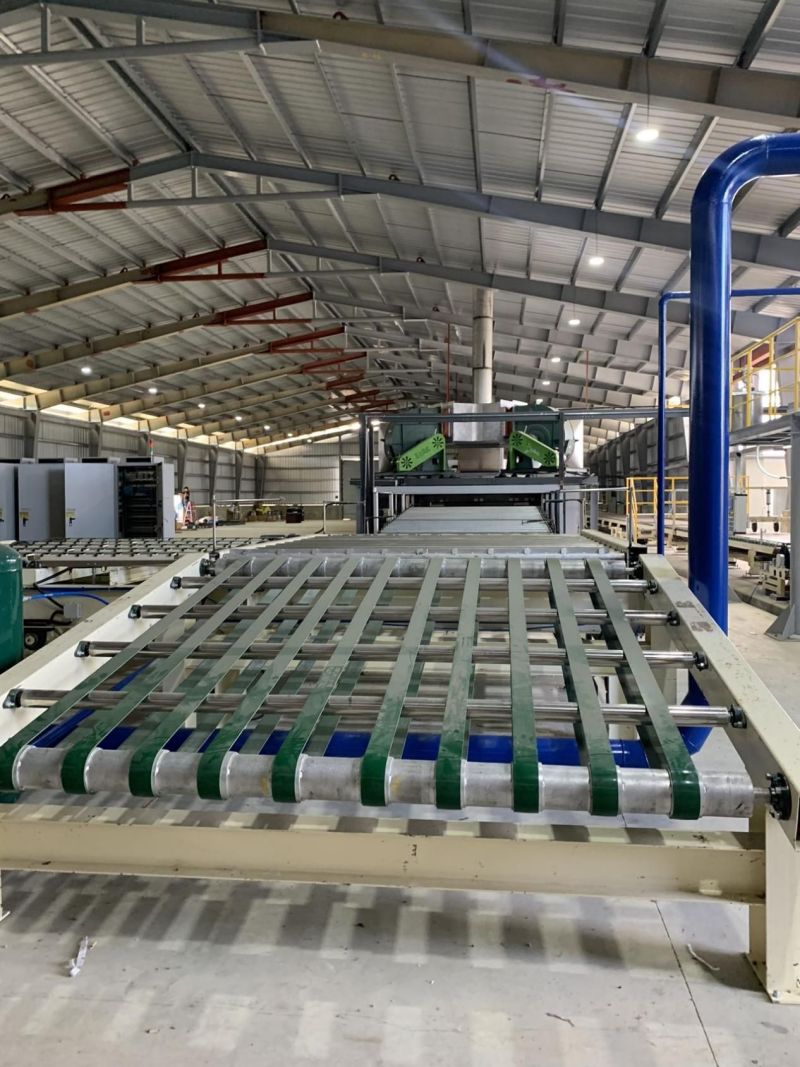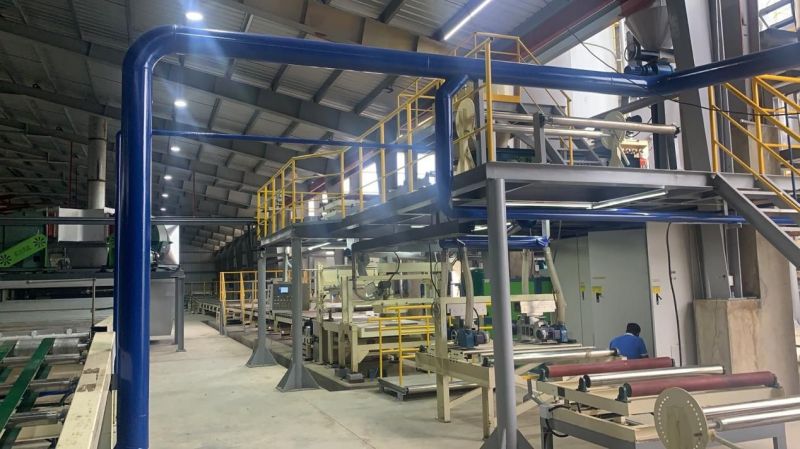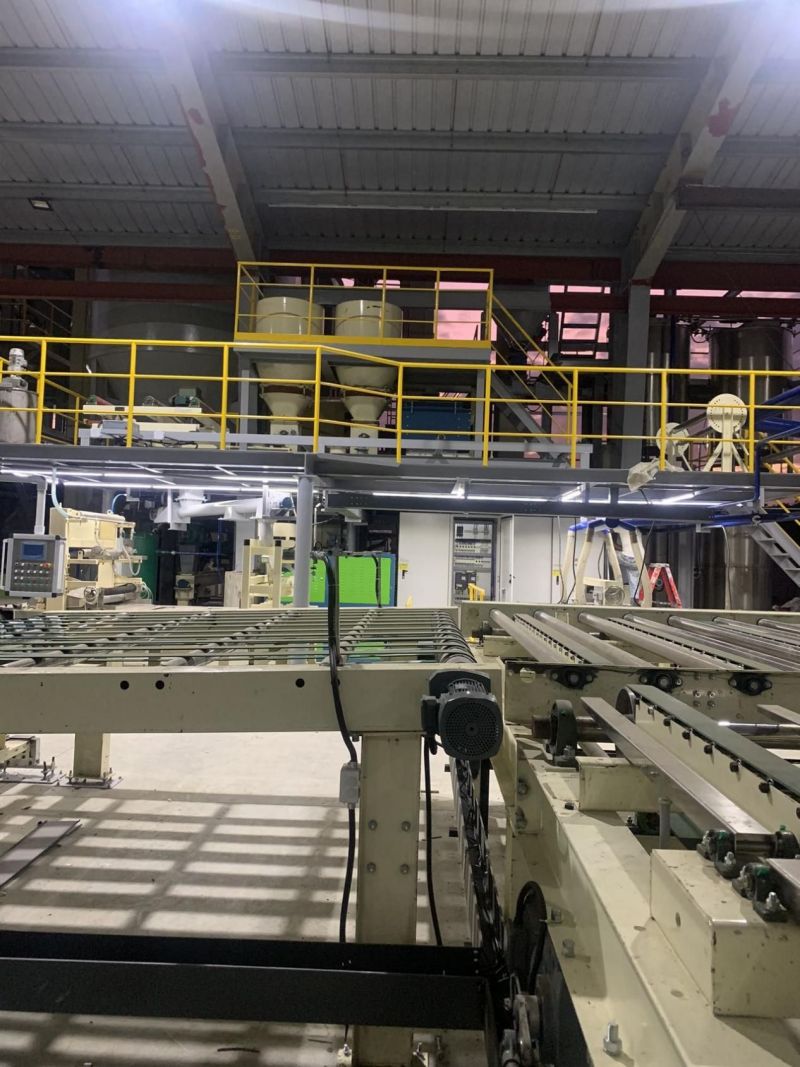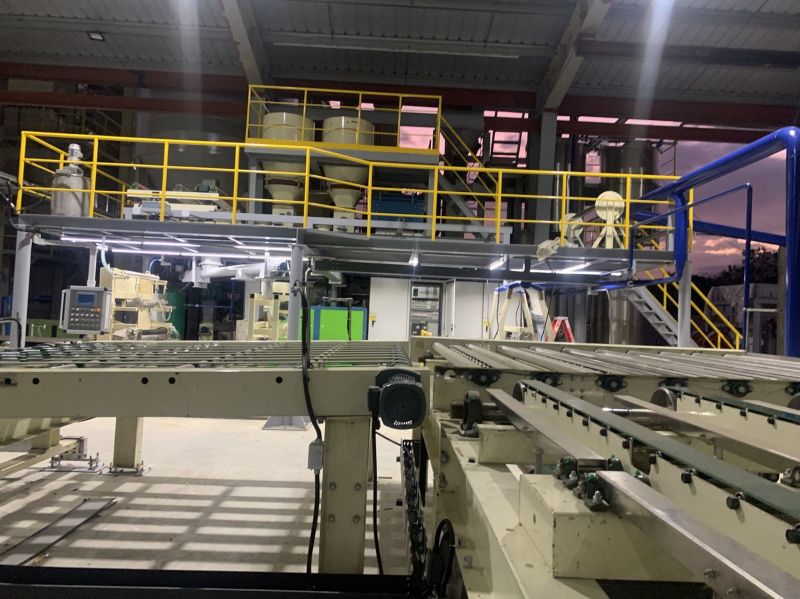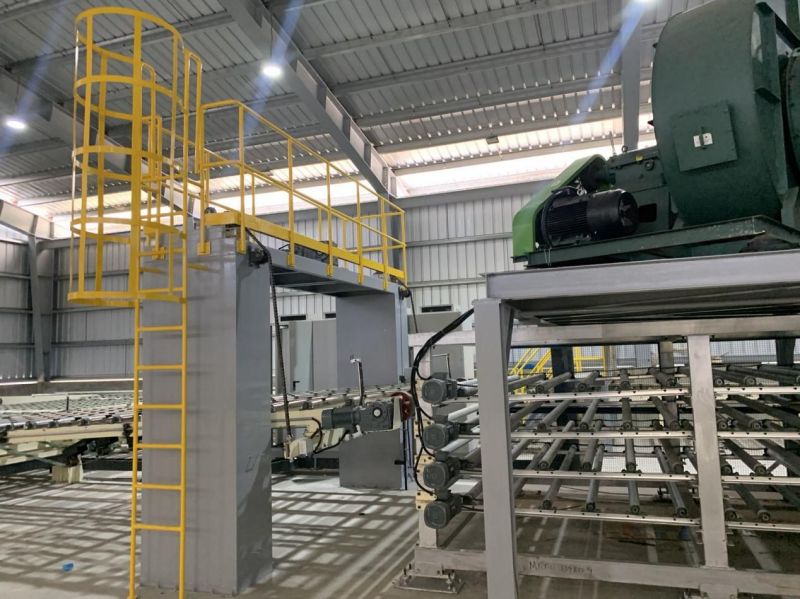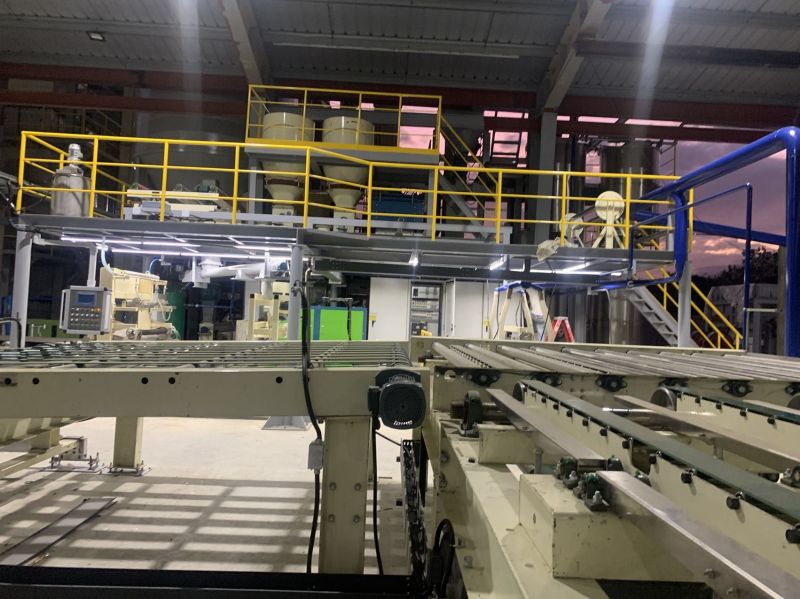Gypsum Board Production Line
How to Ensure the Environmental Performance of Gypsum Board and Control the Emission of Harmful Substances?
Gypsum board, commonly known as drywall, is a widely used construction material due to its versatility, ease of installation, and cost-effectiveness. However, as with any building material, it is crucial to ensure its environmental performance and control the emission of harmful substances to safeguard both human health and the environment. This article delves into the strategies and practices that can be employed to achieve these goals.
Understanding Gypsum Board and Its Environmental Impact
Gypsum board is primarily composed of gypsum (calcium sulfate dihydrate), a naturally occurring mineral. The production process involves mining gypsum, processing it into a fine powder, and then forming it into boards with a paper facing. While gypsum itself is relatively benign, the manufacturing process and the additives used can have environmental implications.
Ensuring Environmental Performance
1. Sustainable Sourcing of Raw Materials
Recycled Content: One way to enhance the environmental performance of gypsum board is by incorporating recycled materials. Using recycled gypsum from construction waste or industrial by-products can reduce the need for virgin gypsum and minimize landfill waste.
Sustainable Mining Practices: For virgin gypsum, it is essential to ensure that mining practices are sustainable. This includes minimizing land disruption, protecting local ecosystems, andrehabilitating mining sites post-extraction.
2. Energy Efficiency in Production:
Optimizing Manufacturing Processes: The production of gypsum board can be energy-intensive. Implementing energy-efficient technologies and practices, such as using waste heat recovery systems and optimizing kiln operations, can significantly reduce energy consumption and greenhouse gas emissions.
Renewable Energy: Utilizing renewable energy sources, such as solar or wind power, in the manufacturing process can further enhance the environmental performance of gypsum board.
3. Reducing Water Usage:
Water Recycling: The gypsum board production process requires substantial water usage. Implementing water recycling systems can help reduce the overall water footprint of the manufacturing process.
Efficient Water Management: Employing efficient water management practices, such as using closed-loop systems and minimizing water wastage, can also contribute to better environmental performance.
Controlling the Emission of Harmful Substances
1. Low-Emission Additives:
Selecting Safe Additives: Gypsum board often contains additives to improve its properties, such as fire resistance and durability. It is crucial to select additives that do not emit harmful substances, such as volatile organic compounds (VOCs) or formaldehyde.
Third-Party Certifications: Opting for additives that have been certified by third-party organizations, such as GREENGUARD or UL Environment, can provide assurance that they meet stringent emission standards.
2. Improving Indoor Air Quality:
Low-VOC Products: Using low-VOC or zero-VOC gypsum board products can significantly reduce the emission of harmful substances into indoor environments. These products are designed to emit minimal levels of VOCs, which are known to contribute to indoor air pollution and health issues.
Proper Ventilation: Ensuring proper ventilation during and after the installation of gypsum board can help dissipate any residual emissions. This includes using mechanical ventilation systems and allowing for adequate air exchange.
3. Monitoring and Testing:
Regular Testing: Conducting regular testing of gypsum board products for harmful emissions is essential. This can involve laboratory testing for VOCs, formaldehyde, and other potential contaminants.
Compliance with Standards: Ensuring that gypsum board products comply with relevant environmental and health standards, such as those set by the Environmental Protection Agency (EPA) or the European Union’s REACH regulation, is crucial for controlling harmful emissions.
Innovations and Future Directions
Bio-Based Additives:
Natural Alternatives: Research and development into bio-based additives, such as those derived from plant materials, can offer safer alternatives to traditional chemical additives. These natural alternatives can help reduce the emission of harmful substances while maintaining the performance of gypsum board.
2. Advanced Manufacturing Techniques:
Green Chemistry: Employing green chemistry principles in the manufacturing process can help minimize the use of hazardous substances and reduce the overall environmental impact of gypsum board production.
Nanotechnology: Innovations in nanotechnology can lead to the development of gypsum board with enhanced properties, such as improved strength and fire resistance, while reducing the need for harmful additives.
3. Lifecycle Assessment:
Comprehensive Evaluation: Conducting a lifecycle assessment (LCA) of gypsum board products can provide a comprehensive evaluation of their environmental impact from raw material extraction to end-of-life disposal. This can help identify areas for improvement and guide the development of more sustainable products.
Our production line utilizes advanced technology to minimize waste and reduce energy consumption. By implementing state-of-the-art machinery and processes, we ensure that our gypsum boards are produced with the least environmental impact possible. This commitment to sustainability does not come at the expense of quality; our gypsum boards meet the highest industry standards, providing durability and reliability for all construction needs.
One of the key features of our environmentally friendly production line is the use of recycled materials. By incorporating recycled gypsum and other eco-friendly components, we significantly reduce the need for virgin raw materials, thereby conserving natural resources. Additionally, our production process is designed to minimize emissions and reduce the carbon footprint, aligning with global efforts to combat climate change.
We believe that sustainable practices should be accessible to all, which is why we offer our high-quality gypsum boards at competitive prices. Whether you are a large construction company or a small contractor, our products are designed to meet your needs while supporting your commitment to the environment.
If you have a purchase demand for gypsum boards that are both high-quality and environmentally friendly, please do not hesitate to contact us. Our dedicated team is ready to assist you with any inquiries and provide detailed information about our products and production processes.
